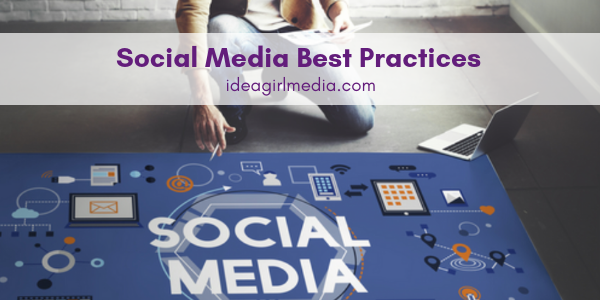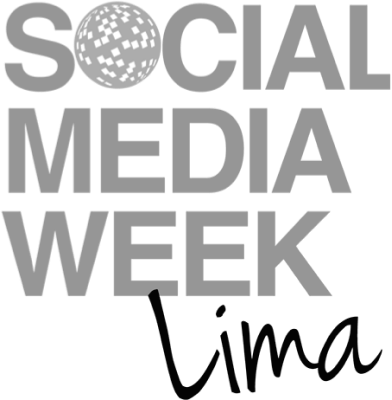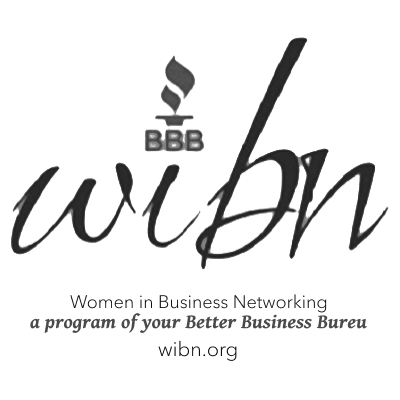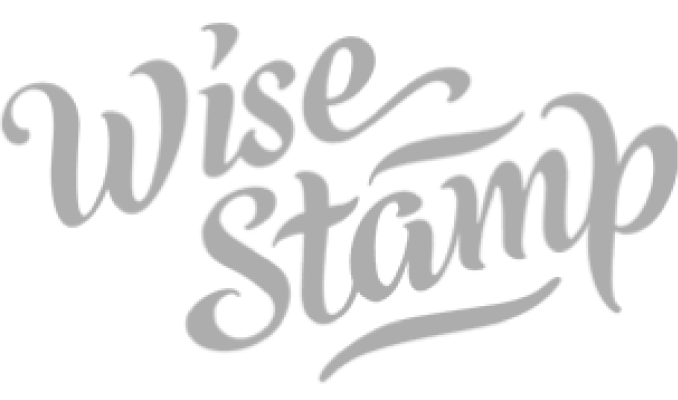Whether you're looking for social media best practices for nonprofits, individuals, or for business, this article will help you start on the right path and go forward safely...
Your Quick Guide To Social Media Best Practices For Individuals And Business Brands
In this day and age, if you look around open public spaces, you’re likely to see a social media user scrolling through their timeline or posting content. These platforms which started propping up in the 1990s have stolen the hearts of many globally and continue to capture the attention of people of all ages.
For this reason, or a sheer love for social media, you may have decided to venture into this line of work. Whether you’re a:
- Social media manager
- Content creator
- Marketer building a brand
There are certain practices that should be followed. Find below tried and true social media best practices that will make the difference.
Prioritize Engagement
One of the first social media best practices you should be following is prioritizing engagement. This is because in order to foster relationships with your followers, you need to engage with them.
You can do this by responding to comments and messages promptly, which builds two-way communication. In addition, you can also implement a data driven content strategy and analyze how audiences respond to it.
Social Media Best Practices For Brands
Ensure Account Safety - There is no shortage of cybercriminals looking for ways to hack into social media accounts, especially if it’s a major business or brand. Always keep this in mind and follow the steps below to keep your social media accounts safe.
Limit Account Access
As much as possible, avoid multiple people having access to social media accounts. Only let people who need access have it, and use two-step authentication.
Limiting access provides more paths for control, and limits opportunity channels for hackers.
Change Passwords Often
When choosing a social media password, you will probably be led to choose something strong. Avoid configurations that would be easy to guess because they contain information like:
- Personal name
- Brand names
- Superheroes
- Numbers or letters that are adjacent on the keyboard
Aside from picking a password that’s strong, change them frequently. You can set reminders on the calendar, or use a password manager that prompts strong passwords that can change at intervals comfortable for your business processes.
Keep Information Offline
Here, your goal is to prevent your password or login information being lifted. To prevent this, avoid copying and pasting your passwords online. Sign out of your accounts every time once you’re done using them.
Have A Contingency Plan
Every individual and every business prefers not to be hacked. However, in the instance that it does happen, what would you do?
Have a contingency plan that includes a step by step process of what you do if your accounts are compromised, such as figuring out what information has been stolen and reporting to necessary authorities.
For businesses and brands, it is a wise idea to be proactive. Services like SecureForensics.com have professional teams with expertise in this field that handle the investigations and data breach issues for you. This is perfect for both solving the problem and keeping your business goals on-track.
Be Consistent
If you want to build a strong personal or business brand on social media, consistency is key. This isn’t only about posting every day, but it also refers to the tone and quality of your content. Work toward letting positivity permeating throughout all of your captions and images so that you have a clearly defined brand voice and reputation.
Creating consistent feeds of resource and entertainment will lead fans and followers to rely on you over your competitors on social media.
CI
7 Replies
-
Thank you for sharing this helpful information. Very informative to people wo are just starting out with social media marketing!
-
Hello Keri, Love this post. Interesting information you have shared with us. Thanks!!!
-
Good read! Thank you for sharing this very informative and very detailed post!
-
Hey Girl! Great article indeed, Loved the way you explained everything related to social media daily managing. Keep the good work up.
Leave a Reply

Like what you see? We've been told our blog posts are like potato chips: You can't read just one...
Subscribe to receive them fresh in your Inbox, and you can grab our best insights about social media marketing before everyone else sees it!

Relevant Resources
view allThe True Cost Of Letting Peak Sales Periods Pass You By

Three Surprising Signs You’re Still Silencing Your Female Employees

How Ongoing Training In The Workplace Can Drive Long-Term Business Growth






































By Emery Ocampo on